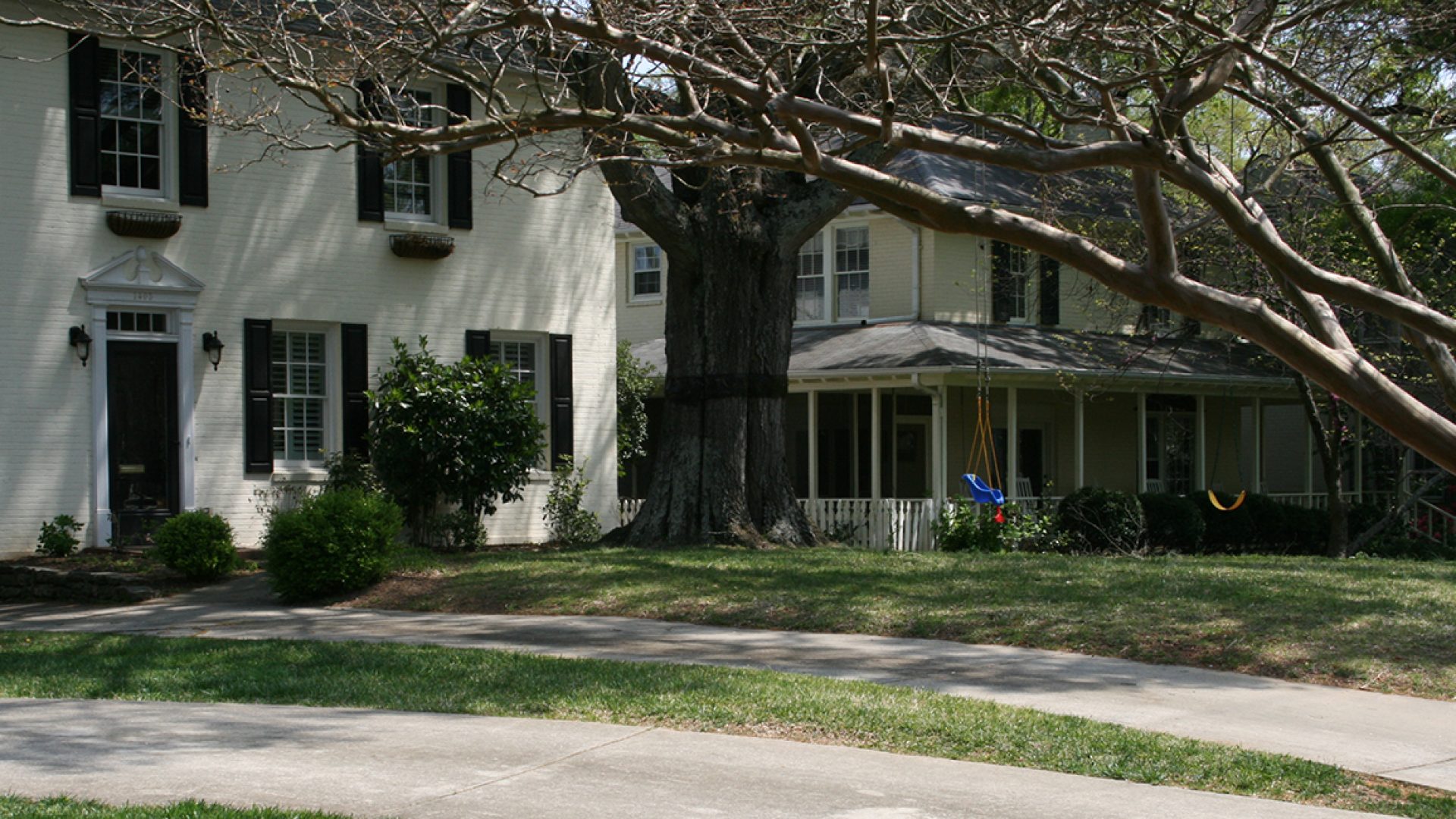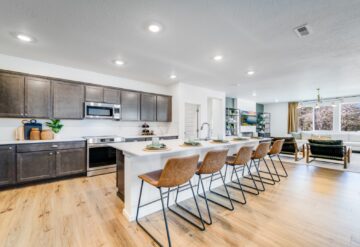In this article, the NAHB takes an inside look at the Department of Housing and Urban Development’s latest American Housing Survey, focusing on the nation’s aging housing stock and how it impacts the U.S. housing market going forward.
The American housing stock continues to age, especially as residential construction continues its modest rebound after the Great Recession. According to the latest 2013 American Housing Survey (AHS), the median age of owner-occupied homes is 37 years old, compared to only 27 years old in 1993.
The age of housing stock is an important indicator for the housing market going forward. Aging homes require remodeling and renovations, as these structures are, for example, less energy-efficient than new construction. This aging trend signals a growing market for remodelers, and it also implies additional demand for more new construction over the long run.
Approximately 2/3 of owner-occupied homes in the U.S. were built before 1980, with 40% built before 1970. Homes constructed after 2000 account for just 17% of the owner-occupied homes. And newly built owner-occupied homes constructed after 2010 only make up 2% of the housing stock according to the 2013 AHS.
The impact of the aging housing stock can be seen in the age distribution of owner-occupied homes. The share of housing stock that is over 34 years old in 2013 has increased significantly. It was 57% in 2013, but only 41% in 1993 and 46% in 2003.
In contrast, the share of new construction in 2013 (i.e. owner-occupied houses less than four years old is 2%) is notably smaller than in 1993 and in 2003, when 6% of homes were built within four years. Clearly, the smaller share of new construction, together with an aging housing stock, represents an opportunity for builders and developers, as housing demand is steadily increasing over time.




